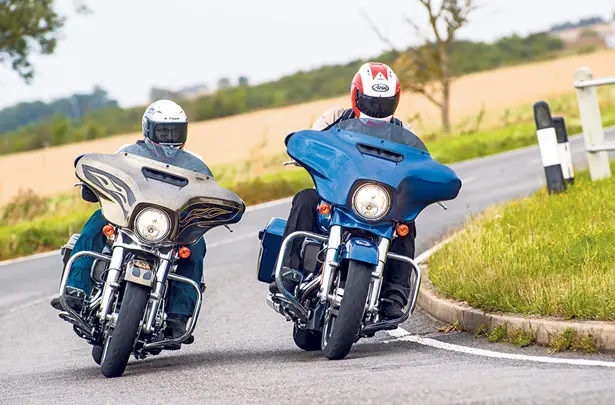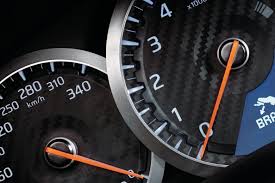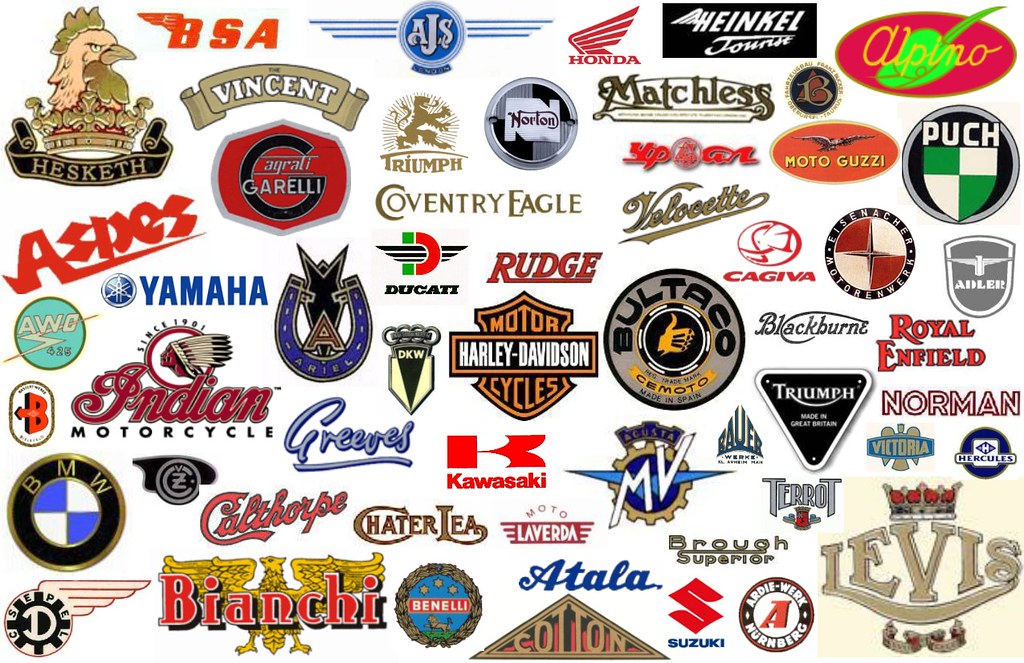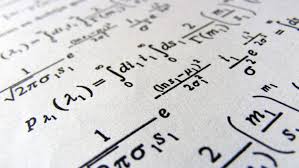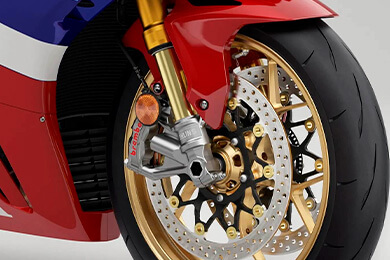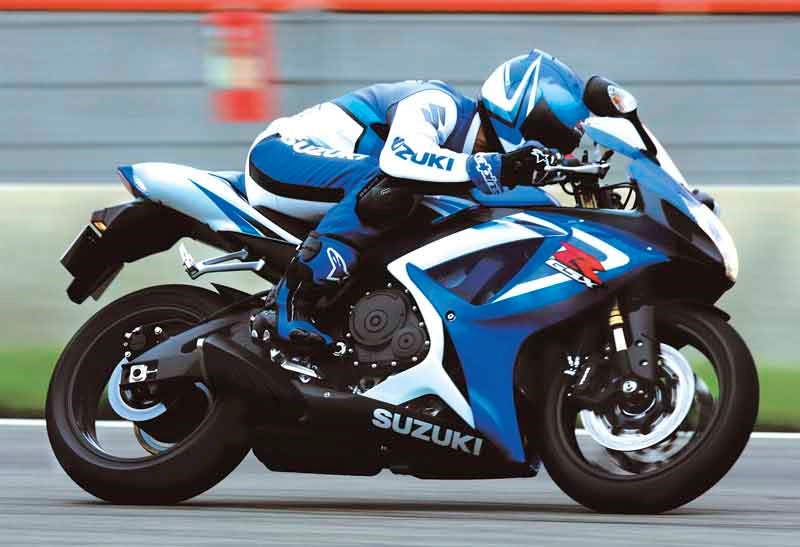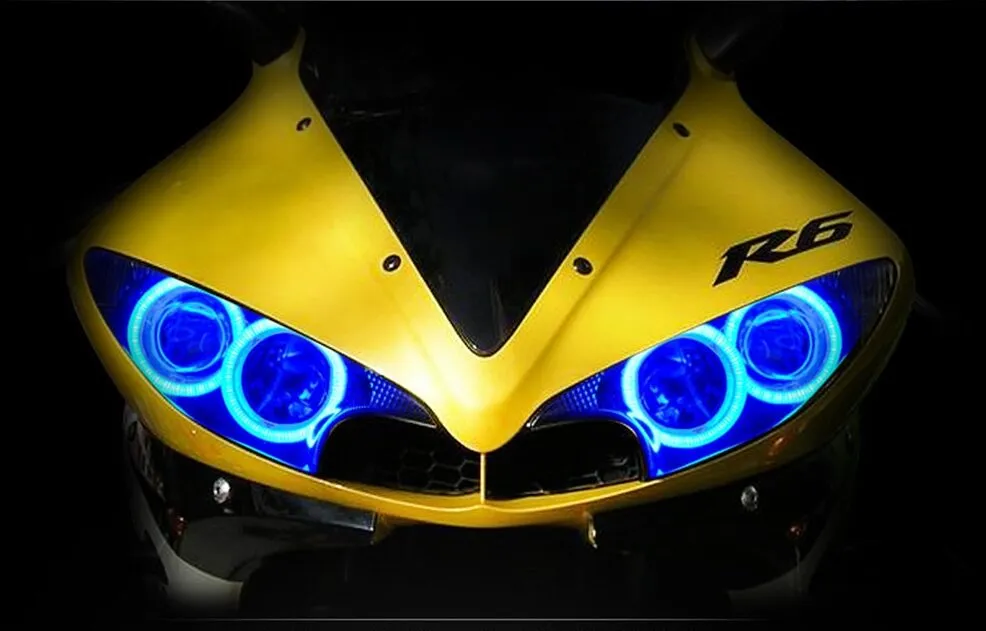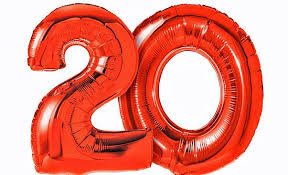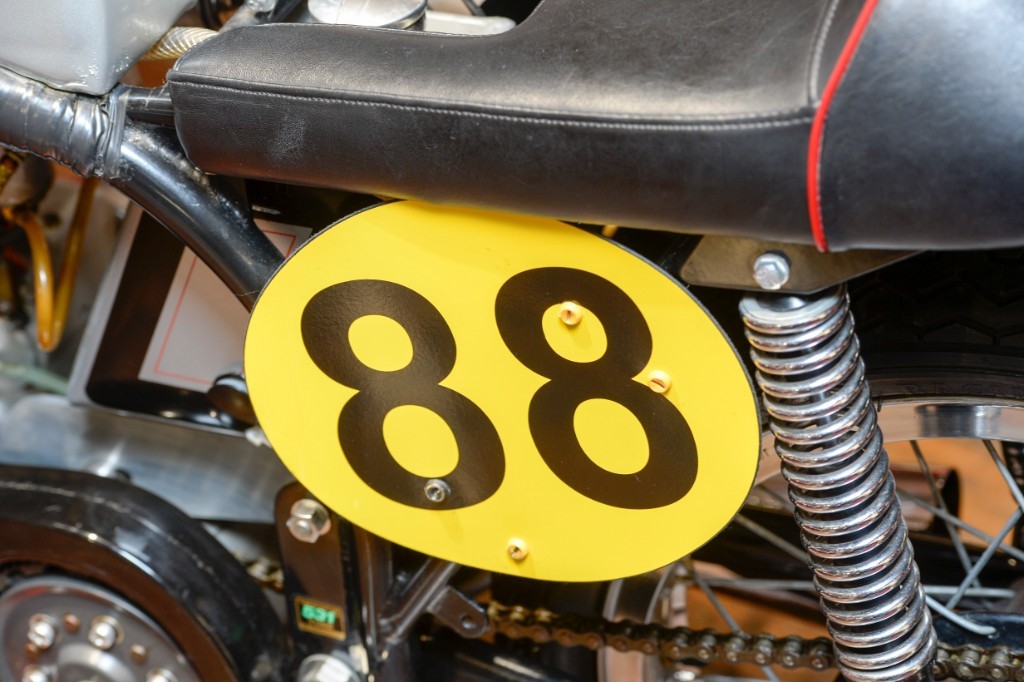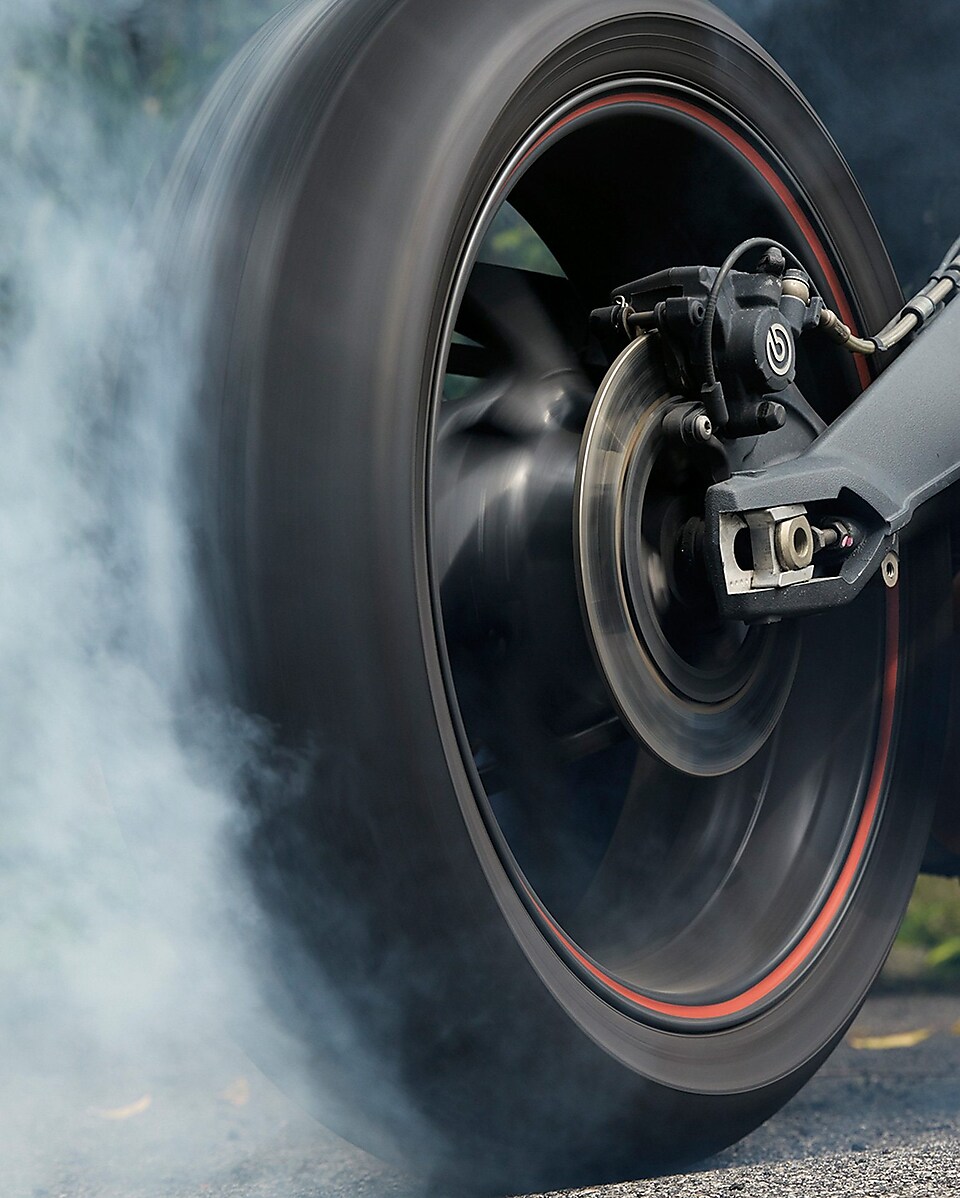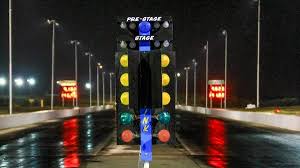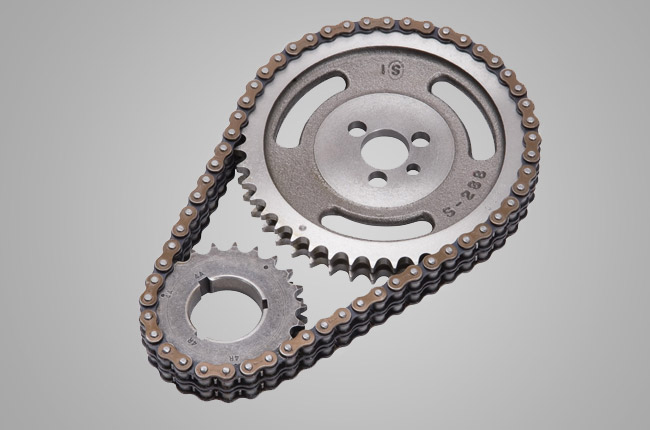


This edition of the Kawasaki GTR 1000 DOHC is the 6 speed | Manual version and was first brought out in 1986. This was at around the same time as the introduction of the 1987 Suzuki RH 250 X and the 1986 Suzuki RH 250 X.This particular Kawasaki GTR 1000 has a 997cc Liquid cooled, Two stroke, V4 Petrol powerplant with 4 cylinders and Carburettor.
The 1986 GTR 1000 shares its V4 engine and Sport-Touring style configuration with the likes of the 2025 Yamaha Tracer 9 GT and the 2020 Yamaha MXT 850 Niken. Alternatively, if you're looking for other bikes which share the GTR 1000's Sport-Touring style with a similar size of engine then how about the 2025 Yamaha Tracer 9 GT | 2025cc.2020 Yamaha MXT 850 Niken | 2020cc.
Weighing in at 296 kgs (652 lbs) this makes the Kawasaki GTR 1000 DOHC in the same weight category as the 2024 Honda CRF 1100 L Africa Twin Adventure Sports or the 2024 Honda VT 750 C Shadow Aero, give or take 50kg.
In terms of power the 997cc 16 valve V4 4 cylinder engine produces 110 bhp (82 kW) @ 9500 rpm similar to the 2025 Kawasaki Z 900 DOHC [123 bhp (91 kW) @ 9500 rpm] or the 2025 Yamaha MT-09 Y-AMT [117.4 bhp (87 kW) @ 10000 rpm].
The DOHC Two stroke unit throws out torque of 72.3 lb-ft (98.0 Nm) @ 6500 rpm placing it alongside motorbikes of similar performance figures such as the 2025 Yamaha MT-09 Y-AMT [68.5 lb-ft (93.0 Nm) @ 7000 rpm] and the 2025 Yamaha YZF-R9 Triple [68.5 lb-ft (93.0 Nm) @ 7000 rpm].
If one combines the weight with power or torque performance for the Kawasaki GTR 1000 you can get a better idea of it's real world performance.
![Yamaha RD 350 LC�YPVS Kenny Roberts Signature - [1983] image Yamaha RD 350 LC�YPVS Kenny Roberts Signature - [1983] image](/editionimages/b/default.jpg)
The 1983 Yamaha RD 350 LC�YPVS Kenny Roberts Signature has similar Bhp Per Ton stats as the 1986 Kawasaki GTR 1000 DOHC.
The 1986 Kawasaki GTR 1000 DOHC has a Power to weight ratio of 371.6 bhp per ton and 244.4 lb-ft per ton. Bhp Per Ton figures of the 1986 GTR 1000 competing with the 1983 Yamaha RD 350 LC�YPVS Kenny Roberts Signature [395.9 bhp\ton] and the 1983 Yamaha RD 350 LC YPVS [395.9 bhp\ton].
If you agree with the late great Carroll Shelby, then arguably an even better indicator of potential performance is Torque. Factor weight into the equation and you end up with - Torque per ton, with the Kawasaki GTR 1000 generating around 244.4 lb-ft per ton. If you're curious as to what other motorbikes have as much torque to weight then look no further than the 1998 Suzuki VL 1500 LC Intruder [269.4 lb-ft per ton] and the 2002 Suzuki VL 1500 LC Intruder [269.4 lb-ft per ton].
With a 0-60mph time of 10.0 secs or a 0-100km/h (0-62mph) of 10.2 secs, this makes the Kawasaki GTR 1000 DOHC similar in acceleration to the 2021 Yamaha Tracer 7 GT (10.0 secs) and the 2016 Honda ST 1300 Pan European (10.0 secs). This Kawasaki GTR 1000 DOHC also competes in terms of 0-60 mph and 0-100km/h with the 2018 Honda CB 250 R Neo Sports Cafe (0.0 secs) and the 2020 Norton Superlight SS (0.4 secs).
![Kawasaki GTR 1000 DOHC - [1994] image Kawasaki GTR 1000 DOHC - [1994] image](/editionimages/b/default.jpg)
Quarter Mile time is a close race between the 1986 Kawasaki GTR 1000 DOHC and the 1994 Kawasaki GTR 1000 DOHC
When talking about the performance of the 1986 Kawasaki GTR 1000 DOHC on the drag strip it can reach a quarter mile in an estimated 11.7 secs @ 112 mph. Bikes with a similar performance down the quarter mile can be found in the 1994 Kawasaki GTR 1000 DOHC (11.7 secs) and the 1986 Kawasaki GTR 1000 DOHC (11.7 secs).
The 1986 version of the Kawasaki GTR 1000 DOHC has a maximum speed of 134mph.
If maxing out your bike on the AutoBahn is your thing and you're wondering what's faster at the top end than the 1986 Kawasaki GTR 1000 DOHC then how about a 2025 Kawasaki Z 900 DOHC SE (145 mph) and the 2025 Kawasaki Z 900 DOHC (145 mph).










Kawasaki W 400 Twin Cylinder
Engine Capacity: 399 cc
Top Speed: 0 mph
Quarter Mile: 17.6 secs @ 0 mph




